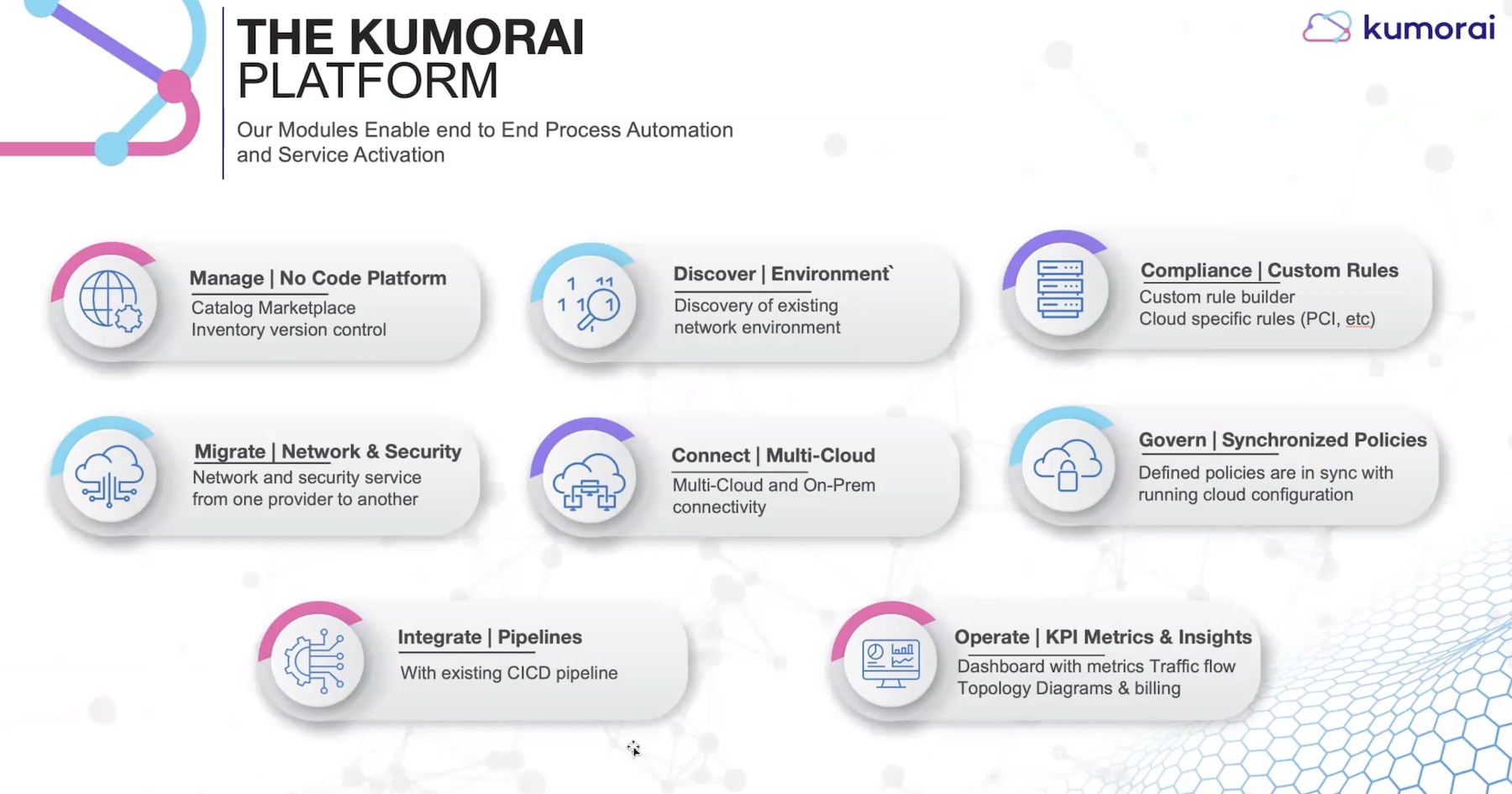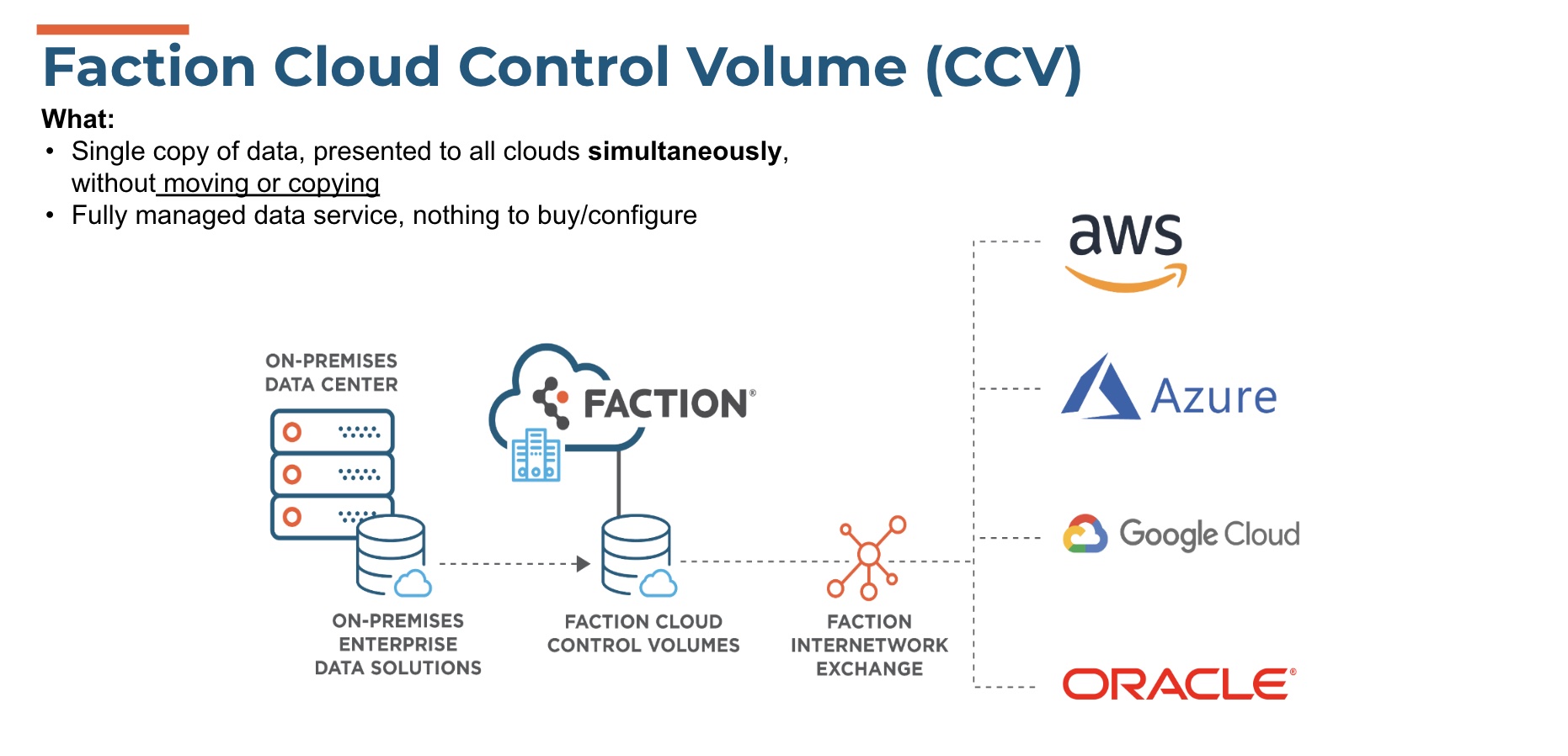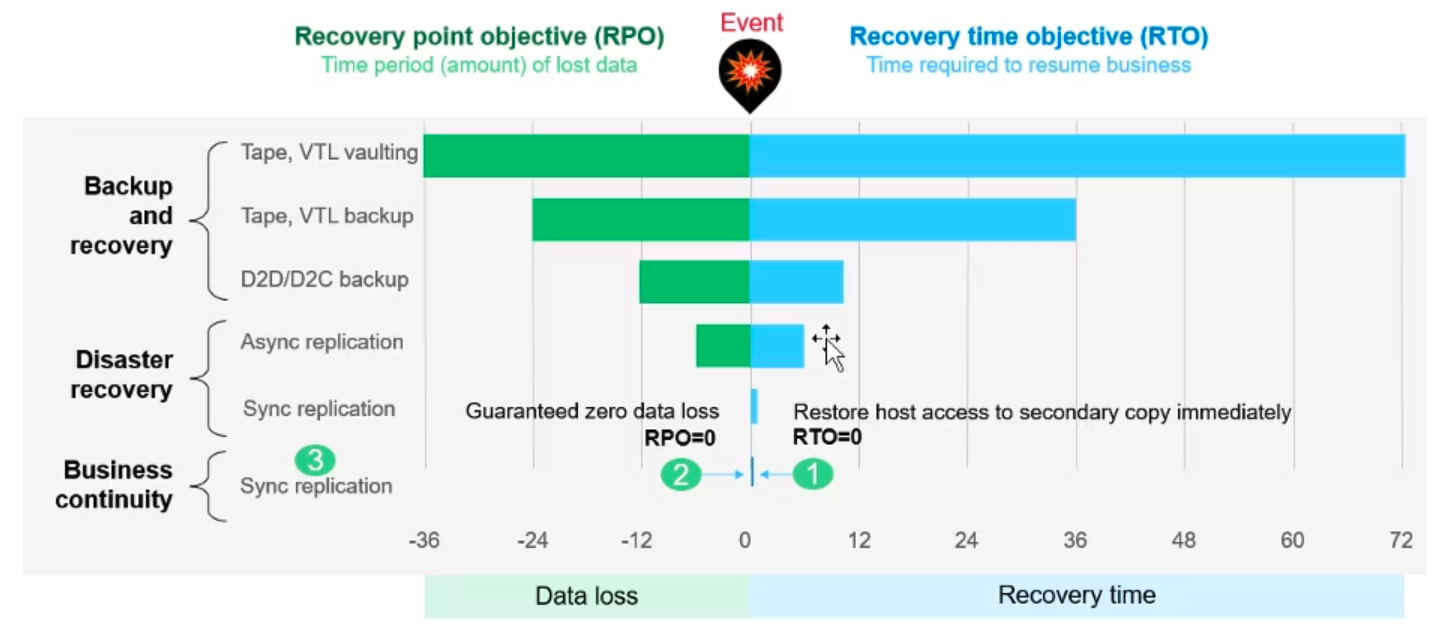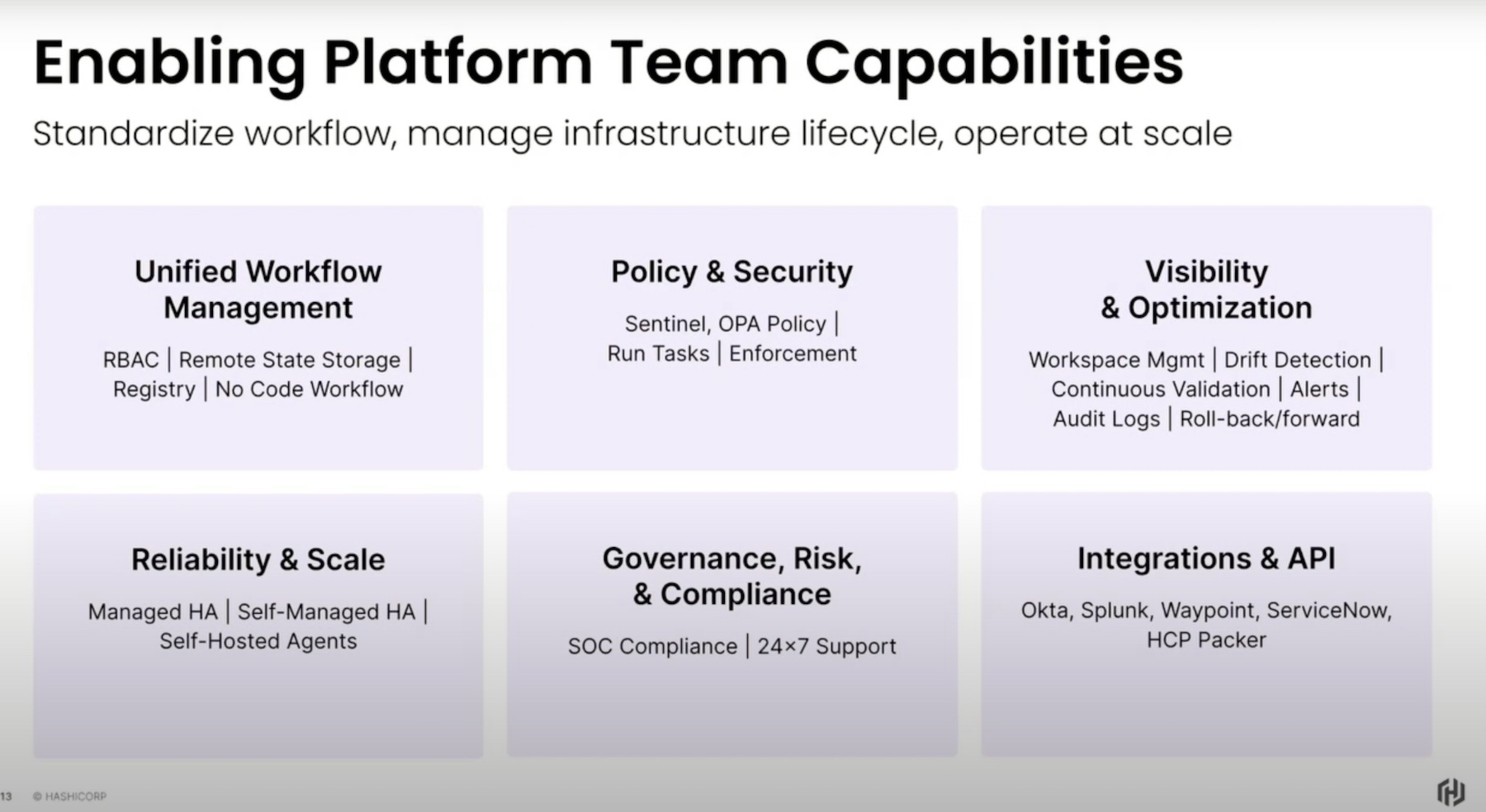According to Gartner, roughly 92% organizations have a multi-cloud roadmap for the future. With companies always on the swivel, racing towards the newest trends and technologies, this is not surprising. The cloud multiverse holds infinite promises, providing big thrusts to innovation and pouring out a steady stream of cutting-edge capabilities. But multi-cloud adoption is a zigzag course that has many highs and lows.
We, recently met up with Kumorai, a startup that works in the lower layers of multi-cloud enablement to talk about the journey, and the way to achieve multi-cloud resiliency. In an interview with Harris Haider, Founder and CEO, we learned about the biggest barrier to multi-cloud adoption, and what Kumorai is doing to solve problems for the long haul.
A Hard Reality
An IT veteran with experience working for both technology provider and consumer companies, Mr. Haider has watched the seismic shifts in IT from close quarters. The early idea of Kumorai took seed when differing infrastructures of multi-cloud opened up a skill gap, and a need for an orchestration platform was born from it.
“I was working with some large financial institutions where we saw the CIO had a mandate of migrating all their sixteen thousand applications in the cloud. I knew immediately that lifting and shifting applications in the cloud in the form of virtualized VMs as well as containers is easier than the network and security piece,” said Mr. Haider.
Multi-cloud brings with it demands for very specific skillsets that are imperative to understanding, managing and securing multi-cloud.
“There’s a knowledge gap when it comes to the understanding of cloud, along with the automation skillset that the network and security teams have – they are busy managing and operating their existing datacenter networks, and trying to automate. Now they’re tasked with additional responsibility of cloud and automation,” he comments.
The Way Around
Kumorai was founded with the vision to bridge this gap. Based out of San Francisco, Kumorai is plugging efforts toward making it possible to adopt and migrate to multi-cloud in a frictionless fashion.
For an IT company, the name Kumorai sparks curiosity. Mr. Haider revealed that Kumorai is Japanese for “cloud” and “lightning fast” – in its case lightning-fast orchestration of multi-cloud.
A No-Code Orchestration Layer that Ties It all Together
Kumorai is a cloud-hosted SaaS platform, designed to offer “automation as a service” for Infra teams to quickly build standardized and repeatable application infrastructure in minutes and securely connect across multi-cloud universe.
Kumorai describes it as “multi-cloud management platform for infrastructure teams to design, deploy, modify and operate cloud infrastructure in an efficient and cost-effective manner.” It helps Infra teams become efficient service providers, giving DevOps teams self-service capabilities.
Where Infrastructure as Code makes it possible for teams to provision infrastructure, it does not provide end-to-end service lifecycle management, such as audit trail, compliance validation and approval processes. Kumorai fills in the gap and takes it a step further with what Mr. Haider calls infrastructure as design (IaD). It helps IT teams to visually design their application infrastructure, and the platform is smart enough to translate into IaC code such as Terraform.

Kumorai leverages cloud-native technologies for scalability and security, and integrates with popular configuration engines to eliminate configuration drift. In multi-cloud, configuration drift, caused by unrecorded ad hoc changes, often leads to unexpected system behavior, opening up infrastructures to security vulnerabilities. Kumorai “enforces deployment standardization across cloud and eliminates configuration drift.”
Its key capability is that it’s a no-code platform. As network and security teams are left with no time on their hands to learn cloud or coding, the platform “creates a framework of its own that translates visual designs to appropriate codes.” This lets them have the same level of control that they had on-premises, without writing their own code.
Under the hood, the platform framework reveals modules that are plugged in to provide end-to-end process automation, and centralized security and management across cloud providers.
“Our goal is to bridge the gap between the Net, Sec and DevOps. So, we’re trying to build a whole NetSecDevOps platform where we can accommodate all different types of IT personas,” informs Mr. Haider.
With provisioning being one of its key functions, Kumorai has been previously mistaken for a rival of Terraform. Mr. Haider explained that the goal by no means is to replace Terraform. Instead, Kumorai provides a layer of abstraction on top of underlying provisioning engines like Ansible, Terraform and CloudFormation.
“Think of it as nothing more than a management plane in the world of SDN that unifies your multi-cloud data plane infrastructure to a centralized engine,” he says.
Kumorai is non-disruptive, meaning that the code configurations it generates stays even if a user decides to rip and replace it.
In Conclusion
The growing vacuum of critical knowledge makes engagement with technologies increasingly harder. It a problem too big to be compensated by upskilling employees, and too unpredictable to be ready for ahead of time. Kumorai’s zero-code orchestration capabilities are built to ease skill gap woes. It lends multi-cloud organizations a code-free, low-cost way of adopting multi-cloud, that infuses well in the existing system, and can be used across the board. Its seamless integration with the underlying systems is more than we can say for many products.
For more information, head over to Kumorai’s website. For more stories like this, keep reading here at Gestaltit.com.




